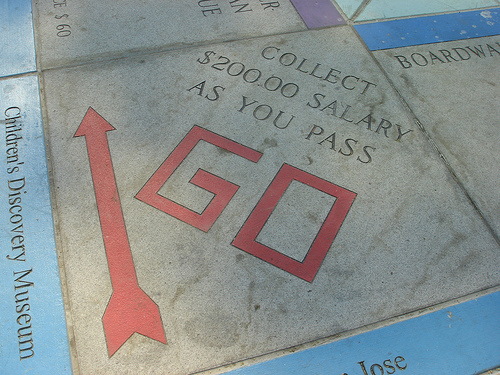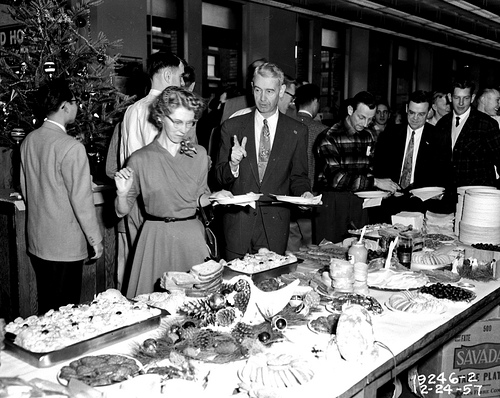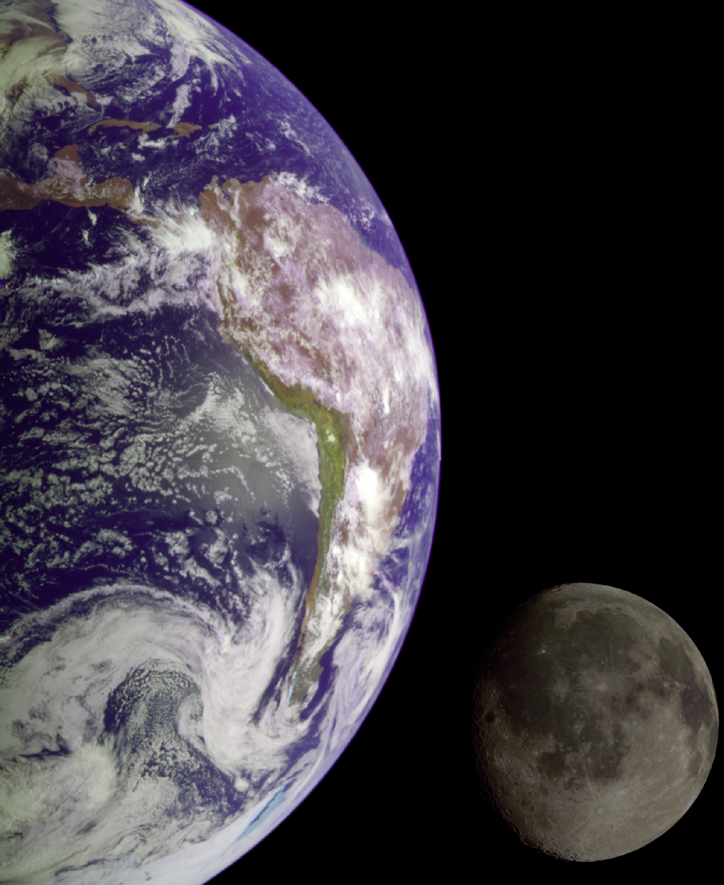If a writer sends a message in the new media galaxy, can it be heard? It’s not as if (like the tree in the proverbial forest) there isn’t anyone listening. It’s a highly populated and active space. It’s a space that readers frequent and a space where they spend money. It’s a space, it seems, with a lot of potential for writers. Indeed, self-publishing e-books has proven a boon for many. Stories abound of humble scribes who upload a file and soon find themselves climbing the best-seller lists and being celebrated in front of packed houses or better yet, being signed by traditional publishers (as happened recently to Darrell Pitt). Previous successes in self-publishing such as Marcel Proust and Matthew Reilly are also noted (despite the fact that they self-published to print). With these inspiring stories, the low cost of access (and the high profits on royalties) it’s no wonder that many writers are launching their work online.
Connor Tomas O’Brien (writer and co-founder of Tomely, a DRM free e-bookstore) says that unlike other forms of online publishing, the e-book brings a little more to writers. ‘The book has historically been purchased with real currency – so when you transfer that to the electronic realm there’s an expectation that it’s being bought and sold,’ he says. The e-book therefore, has more potential to yield an income.
In parallel with traditional publishing, entrepreneurial writers are advised to establish mini-marketing departments. They must self-promote, advertise and build themselves ‘a platform’ on social media. But O’Brien cautions against the rhetoric, ‘A lot of writers are working on the assumption that if they can build up a critical mass of followers on Twitter or Facebook (or wherever) they can translate that into sales [of self-published work],’ he says. But the problem with this assumption is that although we can measure the number of followers we have, we can’t measure how much these followers care. (Some people follow on a whim - thus their true interest is negligible – and who knows how often your followers read their social media). ‘I’ve seen people who have thousands of Twitter followers promoting their work and finding it really, really hard to sell a handful of copies,’ says O’Brien.
He believes the main way self-published writers get recognition (and sales) is via the endorsement of an established writer. ‘It’s the same in film and music. Independent musicians get the ball rolling when they are promoted by an incredibly well known musician,’ he says. Some writers try to reach new readers through paid advertising (such as Google Adwords, Goodreads or Facebook). But as O’Brien notes, ‘When you’re a writer, you’re trying to do something that’s nuanced. You’re not trying to do something derivative. It’s hard to get that across quickly.’ (Note: I’ll be publishing O’Brien’s tips on Facebook advertising in a future post).
At Tomely books are often sold in bundles (curated groupings that include work from both established and emerging writers). These are the best way for Tomely to sell the work of new writers says, O’Brien ‘The one or two authors that are well known are pulling up the other authors.’ It’s a model that echoes traditional publishing – both the editorial package, and the mix of trusted and new work.
In traditional publishing models, A-List authors ultimately fund new writers. ‘A lot of self-publishers don’t realise that most authors with [traditional] publishers don’t return what the publisher’s put in. They’re not making money either,’ says O’Brien. ‘Self-publishing is a lot more difficult than most people consider it.’
‘I don’t think self-publishing is this thing that’s going to destroy publishing and I don’t think it’s going to make lots of people particularly rich. But I don’t think the opposite either,’ says O’Brien. Like all mediums, there’s a lot in between, ‘That’s where you get the interesting stuff.’
This post was originally published 6 August 2013.



















